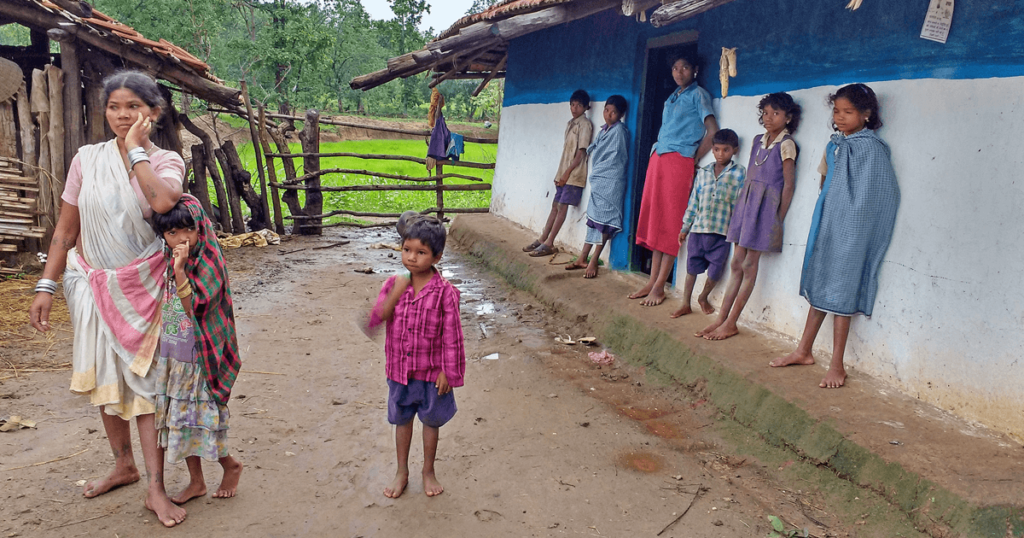
More than 70 percent of the world’s remaining tigers are in India, where the government has established 50 reserves in order to bolster the dwindling population and save the species from extinction.
The effort seems to be working. Between 1970 and 2015, the number of tigers in India has surged from 1,800 to more than 2,200. In central India’s Kanha Tiger Reserve, for example, the population has doubled, from 50 to 100, over the past 40 years. But the rescue effort has come at a cost: beginning in the late 1970s, the Indian government has had to relocate villagers living in the 360-square-mile park to new accommodations; since 2009 alone, approximately 850 families have been resettled. Thanks to government compensation, these families have been able to purchase land and houses and continue farming. Still, the question remains: How are they, and their new environments, faring after resettlement?
Columbia University graduate student Amrita Neelakantan, advised by ecology professor Ruth DeFries, has studied this question for three years. Neelakantan has focused on understanding how these families’ quality of life compares with that of their new neighbors, as well as how the recent transplants are affecting forest resources near their new homes.
“If you don’t understand what’s happening with people and why they’re using a certain volume of natural resources, you can try your hardest to save the forest or save the species, but it’s not going to happen,” says Neelakantan. “You need to look at the whole picture.” Doing so involves studying things like food consumption. Already she has identified several locations where families are having difficulty getting enough food. She intends to use her data to “try and get the forest department, the village governance, and any other NGOs working in this area actual information about what happens after resettlement.”
Going forward, Neelakantan hopes to offer her research method and modeling system to those in other fields. “I’m interested in working with people in similar avenues, maybe in child health or biocultural landscape management,” she says.

